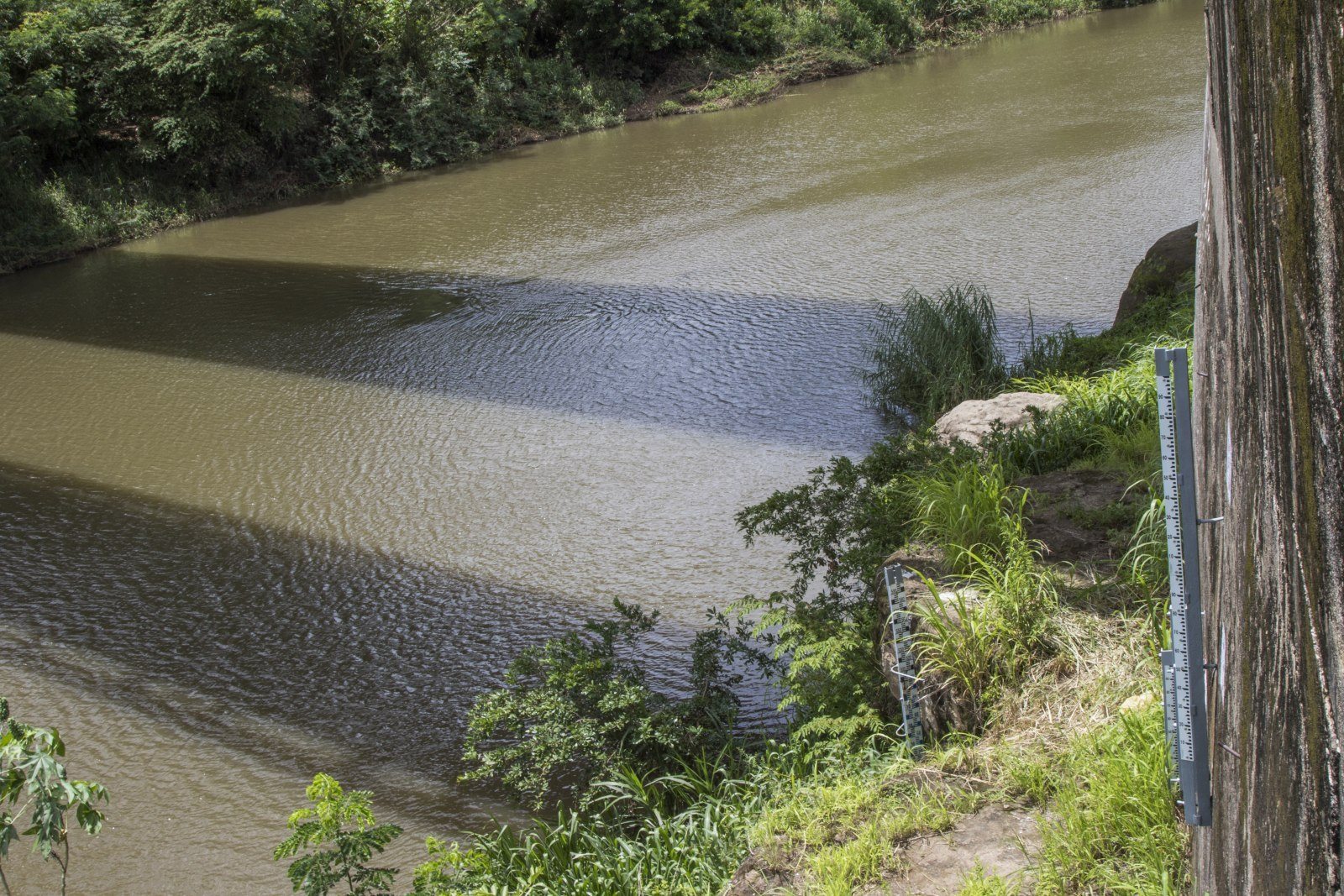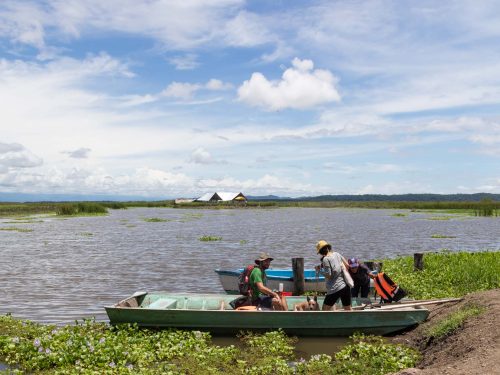
For several months, the communities of Bajo Tempisque have been victims of a massive plague of mosquitoes that threaten both people and livestock, so the Ministry of Health in conjunction with a Technical Social Team formed by the legislator from the Broad Front party, Suray Carillo, will begin to release Bacillus sphaericus bacteria in the wetlands as a solution to this plague.
This type of bacteria forms spores and produces substances that are highly toxic to the mosquito’s larvae. The Bacillus does not harm human health or affect fauna and flora, so it is a very useful biological agent for control programs for illnesses transmitted by certain species of mosquitoes.
According to the Ministry of Health, the mosquito was identified with the name of Aedes taeniorhynchus, a species that does not transmit diseases like Chikungunya or dengue, but that does provoke skin allergies.
“In some communities, this problem has been seen in previous years but with less intensity, but this year, it has been so much that the animals bellow all day and the cows run in their pastures,” said Legislator Carrillo.
On May 8th, Carrillo organized a meeting with several government entities in the community of Pozo de Agua to look for concrete solutions to the plague.
The forum was attended by 135 people, including representatives from the affected areas like Sonzapote, Roblar, Quebrada Honda, Loma Bonita, Caballito, Corral de Piedra, Cañal, Moracia, Pozo de Agua and Puerto Humo. Representatives also came from the Ministry of Agriculture and Livestock (MAG- Ministerio de Agricultura y Ganaderia), SENARA, MINAET-ACT, the Ministry of Health and the UCR School of Biology, who formed a Technical Social Team to look for solutions.
On May 22nd, the Technical Social Team met again in Quebrada Honda and managed to identify the wetlands as the source of the plague of mosquitoes since sediments that come down the rivers have build up and do not allow water to flow, keeping it stagnant.
“One of the short-term solutions is for the Ministry of Health to release the Bacillus [bacteria], the mosquito comes, sucks it up and dies,” explained Jose Carlos Leal Rivera, wetlands program coordinator for the Tempisque Conservation Area.
As a medium and long-term solution, Leal Rivera said that “they are cleaning and dredging the estuaries to improve the flow of the wetlands, which will cause the plague to diminish long term.”
Rivera also said that the mosquitoes will not disappear with these solutions, but they will at least decrease and will only stay in the wetlands and estuaries, without affecting residents.







Comments